
2012 national competition project #053 | cafeteria redesign
Luke Lyons
April 2, 2012
Cafeteria Project Flaws
For the Project we are redesigning our cafeteria to make it better and more into going green saving energy. So im writing a paper on everything I think is wrong with the cafeteria.
• Our walls are painted concrete
• block and are very hard to clean.
• I think maybe if we could put stainless steal up over the concrete block, and then it would be a whole lot easier to clean.
• Our floors have little cuts and cracks in them and also make them very hard to clean.
• To fix it I think we could float some concrete over top of it and paint the concrete even have the concreted floor heated.
• We need to change the way our lunch line is cause, as of right now it’s just a one way line and it takes forever to get through and get your food.
• Maybe if we had like a bar short of thing were the students could go down both side it would speed up the process 100% faster than before.
• The heater vents are stuck out in the open they are very dirty and are kind of in the way.
• Maybe if we had heaters the were in the wall out of the way and easy to clean.
• The outside area for the seniors to eat is just three or four pick nick tables setting out side in a small area with a little bit of cover if it’s raining or something but not very much.
• I think if we had a arced glass sunroom outside cause the glass it would be warm in the winter time but not to hot in the spring/summer.
• The last problem I think of is the lighting because the lights in the cafeteria florescent lights and there not very bright.
• I think a way to help with that would be sky lights and solar tubes it would be way more cost effective and it would be one more step into going green.

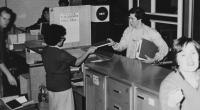


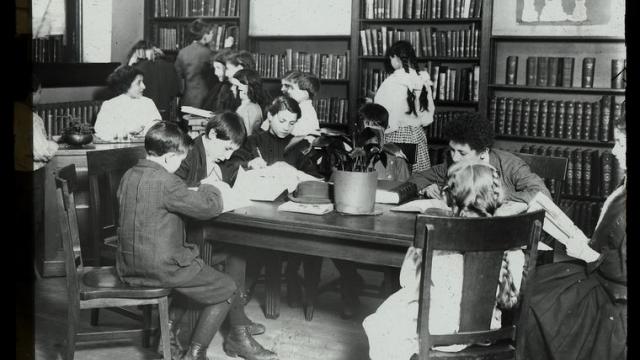
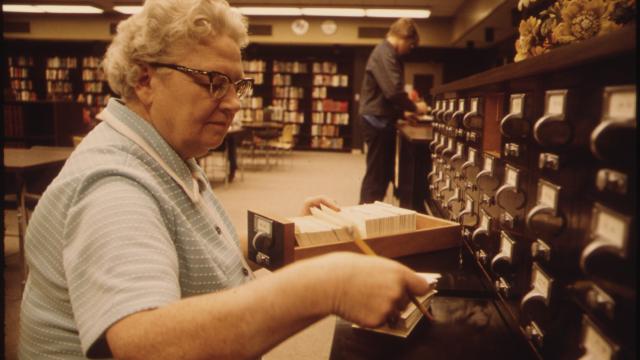
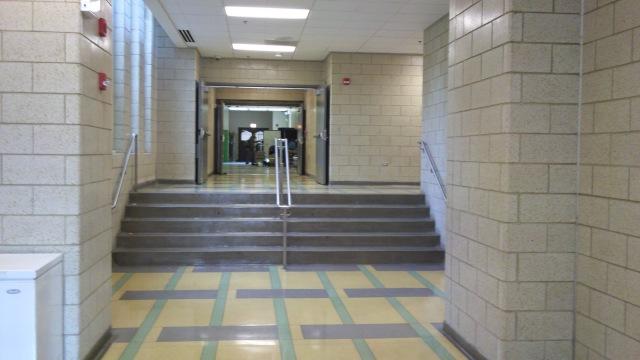








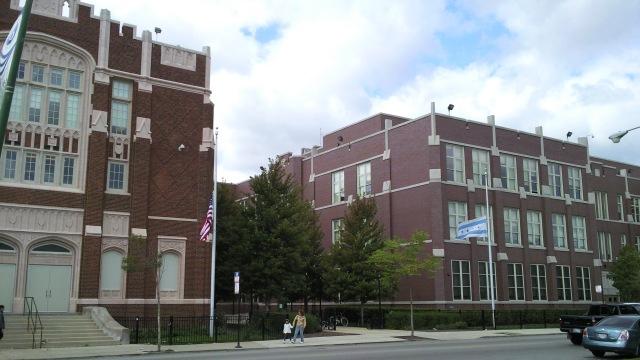

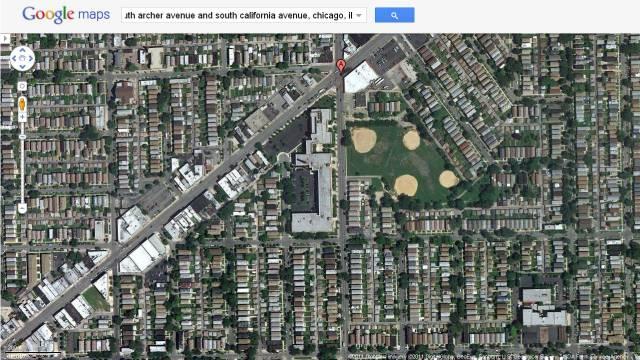












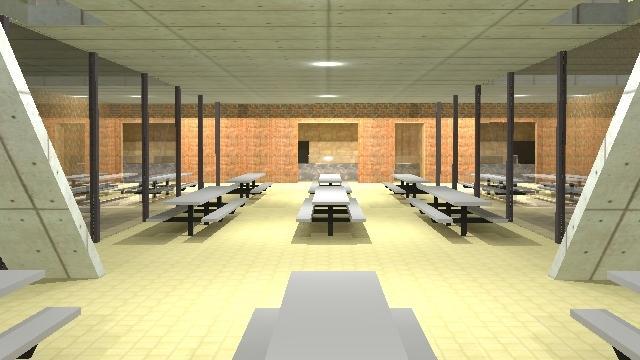

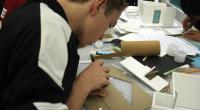



Comments
I look forward to seeing your cafeteria traffic flow solution! It would be good to see more on the existing problem in this area.
This is very good to identify the problems you are going to tackle so that as you move through the project, you can always come back to this statement and confirm that you've taken care of everything you identified as problematic. One note of caution: check your grammar and spelling always. There are some errors here and this is not how you want to start your presentation. Good luck!
I'll post all my comments on your project here.
I'm going to start by saying you must be very proud of your drawings and model, it shows. But if that's the case, then you owe it to yourself to spell check, or proof read your notes to us reviewers. It may sound old school, but English is a form of communication just like drawing and modeling and when you speak talk draw or model, people will be judging. Too may errors!!!!
The scheme however is nice and professional and its unfortunate you couldn't blend the presentation with the digital realm, but that's coming right? You will be called upon to merge your schematic ideas with the technical reality of architectural space and construction. I think you have the skills and fortitude to put it all together. Good luck.